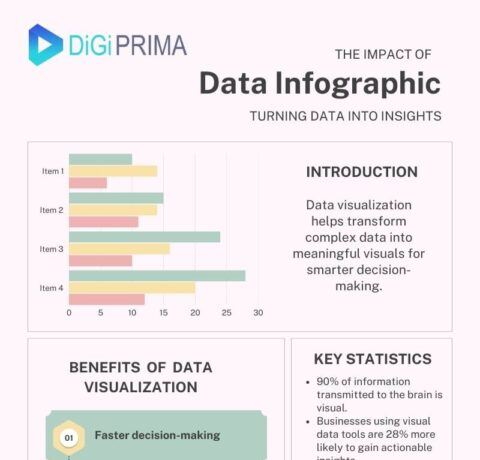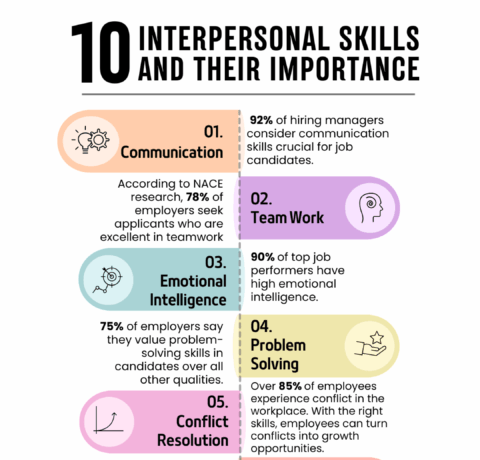Popular Learning Evaluation Models Infographic
Learning is an investment and like any investment, it’s crucial to measure the outcomes. But because learning is often so intangible and individual, that measurement is often pretty tough. It’s not like working out how much money you saved by swapping the office over to energy-saving lightbulbs – there are a whole host of factors to consider. Learning is a journey with a destination, not a one-off event. There are lots of different evaluation methods out there. The Popular Learning Evaluation Models Infographic is a quick guide to some of the most popular.
Kirkpatrick’s Model of Training Evaluation
- Level Four−Results: To what degree targeted outcomes occur, as a result of learning event(s) and subsequent reinforcement.
- Level Three−Behaviour: To what degree participants apply what they learned during training when they are back on the job and attitudes based on their participation in the learning event
- Level Two−Learning: To what degree participants acquire the intended knowledge, skills.
- Level One−Reaction: To what degree participantsreact favourablyto the learning event.
Phillips’ Evaluation Model
Based on Kirkpatrick’s model. It adds a fifth step, ROI, which is calculated using this seven-stage process.
- Collecting Pre Programme Data
- Collecting Post Programme Data
- Isolating The Effects of the Program
- Converting Data to Monetary Value
- Tabulating Program Costs
- Calculating Return on Investment
- Identifying Intangible Benefits
Brinkerhoff’s Success Case Method
Brinkerhoff’s model focuses on narratives and stories, supported by evidence:
- Identify the goals of the learning opportunity and connect them to business needs.
- Survey participants to identify best and worst cases.
- Obtain corroborating evidence.
- Analyze the data.
- Communicate findings.
CIRO Evaluation Model
- Context: Identifying training needs and objectives.
- Input: Designing and delivering training.
- Reaction: Quality of trainee experience.
- Outcome:
- Immediate – individual changes before returning to work
- Intermediate – individual transferring changes to work
- Ultimate – departmental or organisational results
Scriven’s Key Evaluation Checklist
Mainly for evaluating programs and policies and evaluations of them.
- Preliminaries
1. Executive summary
2. Preface
3. Methodology - Foundations
- Background and context
- Descriptions and definitions
- Consumers
- Resources
- Values - Sub-Evaluations
- Process evaluation
- Outcome evaluation
- Comparative cost-effectiveness
- Exportability
- Overall significance - Conclusions
- Recommendations and explanations
- Responsibilities
- Reporting and follow-up
- Meta-evaluation
Read also the Little Book of Impact by Reed Learning which is full of ways to help you become a learning superhero, with top advice from L&D's best-known thinkers and Reed Learning's experts. Reed Learning created this book in partnership with some of the leading thinkers in the L&D industry – including Training Journal, The Kite Foundation, the ASTD, Kirkpatrick Partners and many, many more. Inside you’ll discover jargon demystified, what best practice looks like and some innovative ideas to guide your own learning programmes







You can adjust your cookie preferences here.